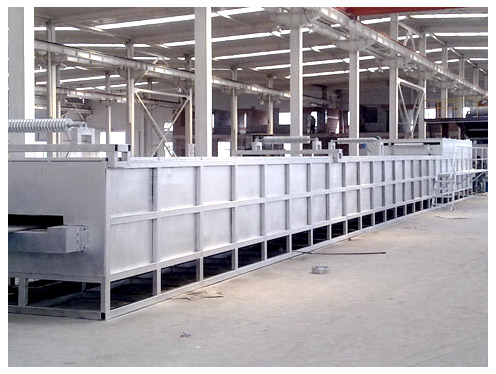Varying the agitation intensity, including agitation speed and impeller design, significantly influences the mass transfer rate and extraction efficiency in a
Mixer Settler Extractor. This variation impacts the interfacial area between the immiscible liquid phases, the mixing kinetics, and the distribution of solutes or target compounds, ultimately affecting the efficiency of the extraction process. Here's a detailed explanation of how agitation intensity influences mass transfer rate and extraction efficiency:
Interfacial Area and Mixing Dynamics:
Agitation intensity, represented by agitation speed and impeller design, directly affects the creation and maintenance of the interfacial area between the immiscible liquid phases in the Mixer Settler Extractor. Higher agitation speeds or more aggressive impeller designs lead to greater turbulence and shearing forces at the interface, resulting in increased interfacial area and improved mixing dynamics.
The enhanced interfacial area facilitates the transfer of solutes or target compounds from one liquid phase to the other, as it provides more contact points for mass transfer to occur. Therefore, higher agitation intensity generally leads to higher mass transfer rates due to the increased availability of the interface for mass transfer.
Mass Transfer Coefficient:
The mass transfer coefficient, which quantifies the rate of mass transfer between the immiscible liquid phases, is directly influenced by agitation intensity. Higher agitation speeds or more efficient impeller designs enhance the turbulence and mixing efficiency, leading to higher mass transfer coefficients.
A higher mass transfer coefficient implies faster transfer of solutes or target compounds across the interface, resulting in increased mass transfer rates and improved extraction efficiency.
Enhanced Dispersion and Homogenization:
Increasing agitation intensity promotes more effective dispersion and homogenization of the immiscible liquid phases, leading to better contact between the phases and improved mixing uniformity. This homogenization reduces the formation of stagnant zones or localized concentration gradients within the Mixer Settler Extractor, ensuring more efficient mass transfer across the interface.
Improved dispersion and homogenization contribute to higher extraction efficiency by facilitating the distribution of solutes or target compounds throughout the liquid phases, thereby maximizing the contact area and promoting rapid equilibration of the system.
Optimization of Agitation Parameters:
The selection of agitation parameters, including agitation speed and impeller design, is crucial for optimizing mass transfer rates and extraction efficiency in a Mixer Settler Extractor. However, it is essential to strike a balance between maximizing agitation intensity for enhanced mass transfer and minimizing excessive shear or turbulence that may lead to emulsion formation or phase coalescence.
Through experimental optimization and process modeling, the optimal agitation parameters can be determined to achieve the desired mass transfer rates and extraction efficiency while maintaining stable operation and minimizing energy consumption.
